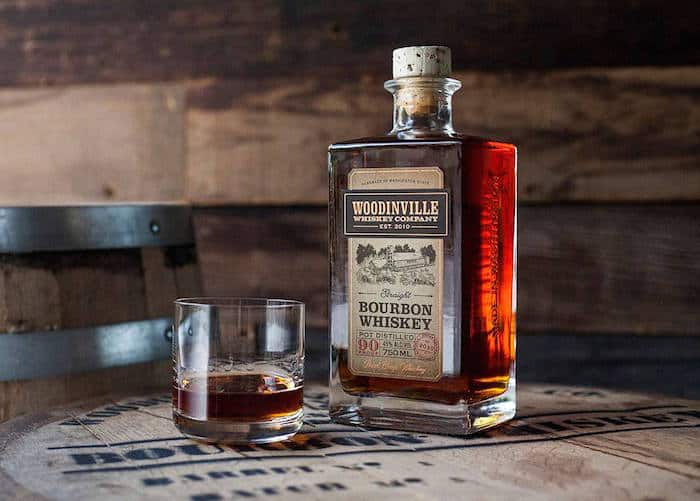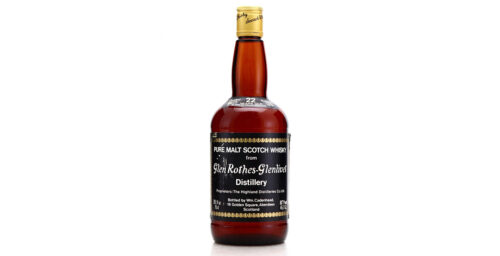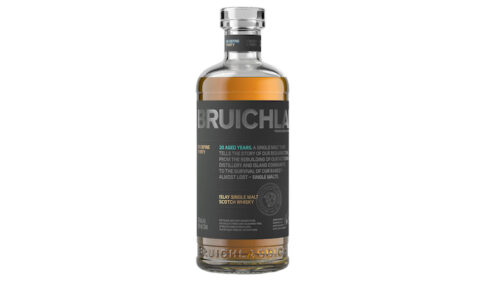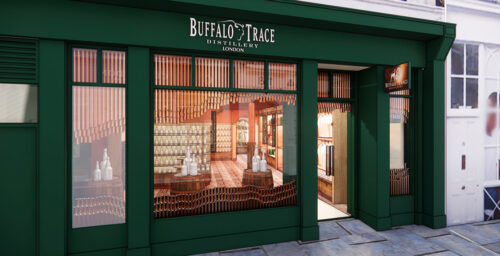If you’ve ever wondered what just exactly “straight” means on your bottle of whisk(e)y, it turns out there’s in fact a legal definition for it set out by the United States Federal Government. The Electronic Code of Federal Regulations’ Title 27.1(A)(5)(c), current as of April 19th, 2016, governs the “Standards of Identity for Distilled Spirits.”
“Bourbon whiskey,” “rye whiskey,” “wheat whiskey,” “malt whiskey,” or “rye malt whiskey” are whiskies produced at not exceeding 160° proof from a fermented mash of not less than 51 percent corn, rye, wheat, malted barley or malted rye grain, respectively, and stored at not more than 125° proof in charred new oak containers. This can also include mixtures of such whiskies of the same type.

“Corn whisky” is whisky produced at not exceeding 160° proof from a fermented mash of not less than 80 percent corn grain, and if stored in oak containers stored at not more than 125° proof in used or uncharred new oak containers and not subjected in any manner to treatment with charred wood; and also includes mixtures of such whisky.
And, of course, other mixtures of fermented grain are allowed to be called whiskey, too, as long as they’re distilled at less than 160 proof and stored at less than 125 proof; just look at the current crop of quinoa, millet, and triticale whiskies out there.
To be designated as “straight,” whiskies must conform to the aforementioned standards (distilled at less than 160 proof, stored at less than 125 proof, made from grain) and then they must be stored in the appropriate type of oak containers for a period of two or more years. No other whiskies may be designated “straight.” “Straight whisky” also includes mixtures of straight whiskies of the same type, but they must be produced in the same state.
So just how common is “straight” whiskey in the United States? Probably more than you think. According to Chuck Cowdery, whiskey expert and creator/director of Made and Bottled in Kentucky, virtually all of the whiskey made in the U.S. is straight whisky:
“Since blended whiskey is a mixture of straight whiskey and vodka (usually in a 20:80 ratio), all of the whiskey in blended whiskey is straight whiskey too, although the eventual product in which it is sold is not. Just about the only whiskey that is not straight whiskey is the micro-distillery stuff sold at less than two years, which probably amounts to less than 1% of the total volume of whiskey produced.”
Also excluding corn whiskey which again is a very small percentage of the overall volume, most of which is not aged at all. So I would say that 99% of the whiskey made in the United States is straight whiskey when it comes out of the barrel for use. And the vast majority of it is straight whiskey when it is sold as well.”
On the other hand, Steve Ury of Sku’s Recent Eats noted that given the increase in production of blended whiskies, along with the surge of craft whisky market (many of which are too young to be labeled straight), the perception that consumers might have about straight whiskey production in the U.S. may be distorted



